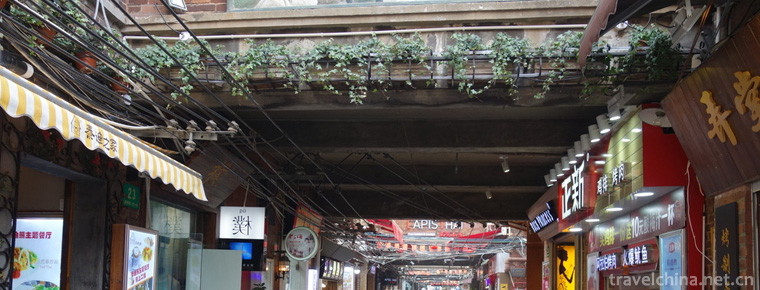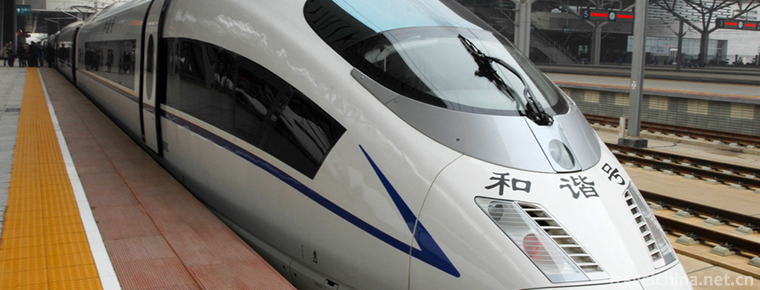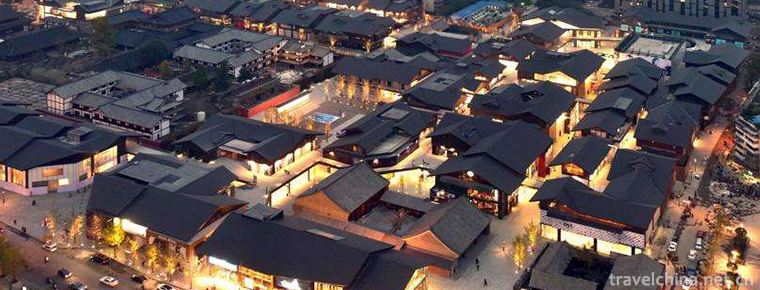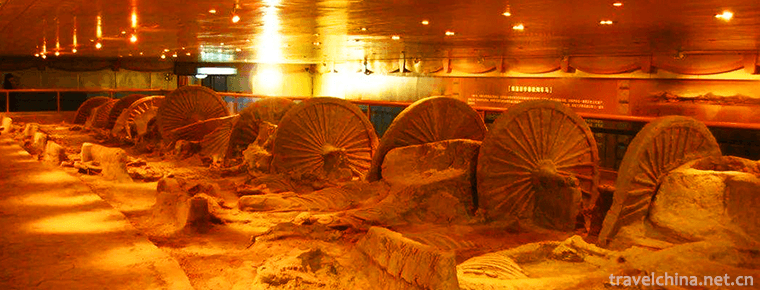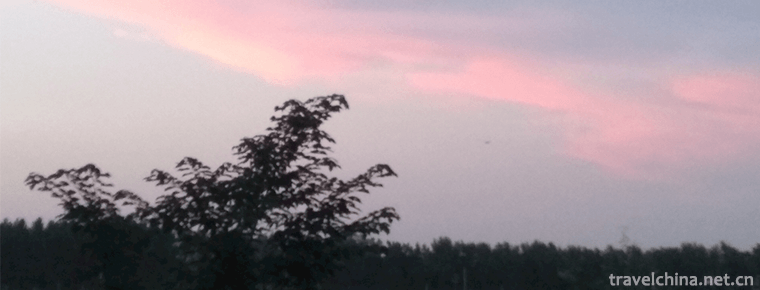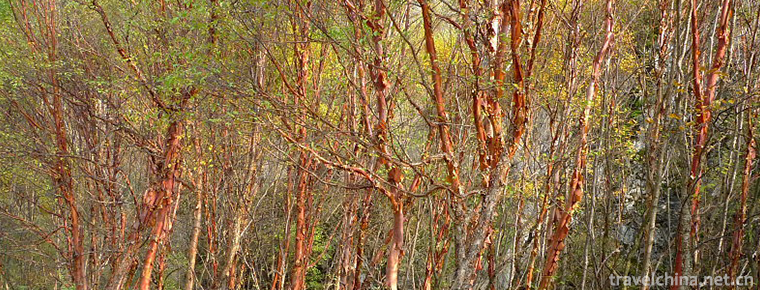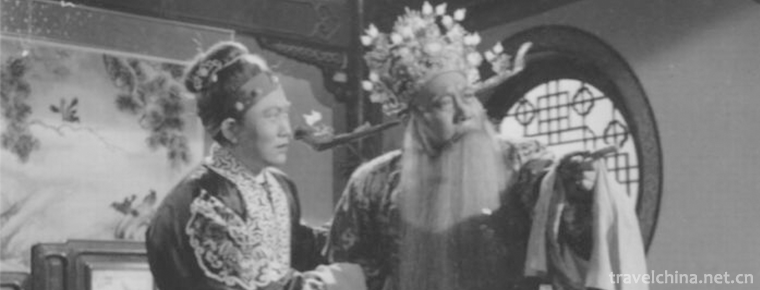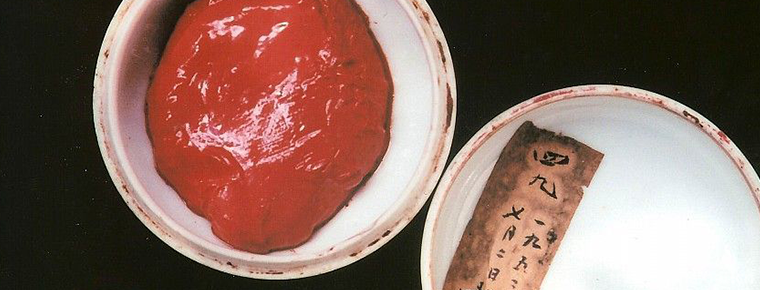Dyeing and Finishing Techniques of Xiangyun Yarn
Dyeing and Finishing Techniques of Xiangyun Yarn
Xiangyun yarn dyeing and finishing technology, the traditional handicraft of Shunde District, Foshan City, Guangdong Province, is one of the national intangible cultural heritage.
The dyeing and finishing techniques of Xiangyun yarn have been recorded in Tang Dynasty. During Yongle period of Ming Dynasty, Guangdong scoop yarn was exported to foreign countries. The scoop yarn produced at the end of Qing Dynasty and the beginning of Republic of China was welcomed by domestic and foreign markets, and entered its peak period in 1920s.
In 2008, Xiangyun yarn dyeing and finishing technology was selected into the second batch of national intangible cultural heritage list, project number_-107.
historical origin
There is no clear historical record of the emergence of Xiangyun yarn, which can be traced back to the late Ming and early Qing Dynasties. It originated from the deaf people in Guangdong who mainly lived in fisheries (4 pieces of Xiangyun yarn dyeing and finishing skills in water dwelling).
The historical development of the collective survival experience of the people is based on the development of the Xiangyun yarn industry. During Yongle period of Ming Dynasty, Guangdong began to produce scoop yarn and used it for export. Until Qingdaoguang period, Xiangyun yarn was a valuable item, and its dyeing and finishing techniques were gradually developed and matured. In the 1930s, with the outbreak of the world economic crisis and the invention of rayon, Guangdong's silk industry fell sharply. Shunde Xiangyun Yarn suffered severe impact, but it still remained. In 1949, the Xiangyun yarn industry began to resume production and the dyeing and finishing techniques of Xiangyun yarn reappeared. After 1958, natural disasters and political factors made the Xiangyun yarn industry increasingly depressed, and the technology of Xiangyun yarn was also affected. After the reform and opening-up, only one sunning factory in Shunde adhered to the production of Xiangyun yarn, and the development of Xiangyun yarn reached a deadlock in 1998. With the revival and prosperity of Xiangyun yarn, the dyeing and finishing technology of Xiangyun yarn has gradually flourished.
Technological characteristics
The silk face of Xiangyun yarn is lustrous. Its color and lustre are better after sunshine and washing. The fabric is waterproof and easy to emit moisture. It is suitable for various summer casual clothes, cheongsams and Hong Kong shirts. It is cool and smooth to wear and easy to wash. In the dyeing process of Xiangyun yarn in 14 processes, only natural vegetable juice of sweet potato and scoop and river mud containing high valent iron ions are used, without any chemical dyeing aids, and harmful waste materials polluting the environment are not produced.
Technological process
The dyeing and finishing process of Xiangyun yarn includes more than ten processes, including soaking, drying, spraying, sealing, scouring, rolling, mud passing, washing, drying, fog spreading, stretching and finishing, which lasts for 15 days. When dyeing and finishing, the silk is first immersed in the water with the highest concentration of sweet potato scoop for half a day, and the silk is continuously turned by hand. Subsequently, drinks were sprinkled on the silk and scoured with scoop liquid for six times, then soaked in scoop water for 20 times in a sealed tank, during which silk pieces were scoured twice in scoop water of 45 ~50 ~C. As the most critical process in dyeing and finishing, it is necessary to mix the gray-black pure river mud into paste and apply it thinly on the silk surface soaked in scorpion water for many times so as to make the tannins in the butter react with iron ions in the mud and dye the silk surface black and brown. This operation needs to be carried out at night and completed before dawn in order to avoid sunshine. Illuminate the black bottom. After the mud is washed and dried, the silk is spread out on the grassland at dusk to soften, that is to say, the dyeing and finishing process of Xiangyun yarn is completed.
Inheritance and Protection
Inheritance value
historical value
Silk weaving and dyeing industry in Lingnan region has a long history, and Xiangyun yarn technology has a history of hundreds of years from embryonic to mature. It has a good reference value for studying the development process of traditional silk weaving and dyeing industry in southern China.
Cultural Value
Cloud yarn fabrics and clothing are important representatives of Chinese traditional clothing culture. The original ecology, pure natural characteristics and the special antiseptic and bactericidal functions of Scotch juice in the dyeing process reflect the health and health concept of the ancients.
Pragmatic value
Clothes and daily necessities made of fragrant cloud yarn fabrics are smooth, cool and comfortable, showing noble and elegant face. They are suitable for people to wear and use in hot southern areas.
economic value
Xiangyun yarn products have local characteristics. Chinese people and overseas Chinese love it very much. Even people in Japan, South Korea, Europe and the United States and other countries are also very confused about this kind of pure natural and healthy clothing fabric. With the continuous improvement of people's requirements for quality of life and the increasing attention paid to the concept of green and environmental protection of clothing fabrics worldwide, natural fabrics represented by Xiangyun yarn also have opportunities for development in the global clothing fabric market.
Current situation of inheritance
Because Xiangyun yarn is made by hand, the process is complicated, the output is low, and it is limited by weather and environment, so the output is not high and the number of employees is decreasing day by day. Lunjiao Chengyi Sunshine Scorpion Factory in Shunde has become the only sunshine factory, and there are only two masters who are familiar with sunshine. Xiangyun yarn dyeing and finishing technology has been on the verge of being lost and in urgent need of rescue.
Heritage figures
Liang Zhu, male, Han nationality, born in January 1935, is a new citizen of Lunjiao Town, Shunde City, Guangdong Province. In June 2009, Liang Zhu was selected as the representative successor of the third batch of national intangible cultural heritage projects and declared in Shunde District, Foshan City, Guangdong Province.
protective measures
On September 1, 2009, "Xiangyun Yarn Cultural Heritage Protection Base" and "Guangdong Xiangyun Yarn Cultural Industry Park" were officially listed in Lunjiao Street, Shunde District, Foshan City, Guangdong Province.
social influence
Important activities
On June 14, 2011, "Shenzhen First Xiangyun Yarn Culture Festival" was officially launched in Luohu Cultural Museum for a week.
On June 8, 2013, the second Xiangyun Yarn Culture Festival was held in the Xiangyun Yarn Heritage Hall of Wutongshan Art Town, Luohu District.

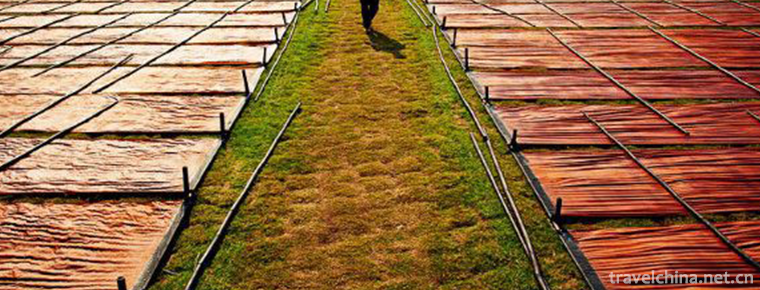
Dyeing and Finishing Techniques of Xiangyun Yarn
-
Tianzifang
Tianzifang is located in lane 210, Taikang Road, Shanghai, China
Views: 195 Time 2018-10-12 -
China Railway HighSpeedCRH
China Railway High-Speed (CRH) has two meanings: the technical standard of China High-Speed refers to the passenger dedicated line railway with 250 km/h
Views: 175 Time 2018-11-13 -
Chengdu Maoye JW Marriott Hotel
Chengdu Maoye JW Marriott Hotel is located in Tianfu Square, the heartland of Chengdu. It is about 30 minutes'drive from Chengdu Shuangliu International Airport to the hotel, opening the extraordinary
Views: 244 Time 2018-12-16 -
China Antique Car Museum
Located on the Houli Cultural Site, the Chinese Ancient Car Museum is the first most systematic and complete Museum in contemporary China, which integrates the Car and Horse Sites with the display of
Views: 128 Time 2018-12-22 -
West Mountain Scenic Spot of Guiping
Guiping Xishan Scenic Spot, National AAAA Scenic Spot, National Geopark. Located in Guiping City, southeastern Guangxi Zhuang Autonomous Region, Xishan Scenic Spots 1 km away from the outskirts of the
Views: 145 Time 2019-01-13 -
Lao Leshan Tourist Scenic Spot
Lao Leshan is located in the south of Henan Province, 9 kilometers southwest of Zhumadian City and 8 kilometers west of Queshan County. National Highway 107
Views: 153 Time 2019-01-29 -
The tru Valley
Turugou is located in Liancheng Forest, Yongdeng County, 160 kilometers northwest of Lanzhou City. It belongs to the eastern foot of Qilian Mountains.
Views: 224 Time 2019-02-22 -
Acrobatics in Dongbeizhuang
Dongbeizhuang acrobatics is a traditional folk acrobatics in Puyang City. Dongbeizhuang, Yuecun Township in Puyang City, is a pearl in the vast plain of northern Henan Province
Views: 131 Time 2019-04-27 -
Hunan Opera
Hunan Opera, is one of the traditional operas in Hunan Province. It is popular in Changsha and Xiangtan, mainly in the twelve genera of Changsha Mansion, namely Changsha, Shanhua, Xiangyin, Liling, Xi
Views: 247 Time 2019-07-03 -
Printing Mud Making Skills
Lu'an Indian Mud is a traditional handicraft in Jing'an District of Shanghai. It was initiated by Zhang Lu'an. The process is complicated and the finished product is kept for a long time. The printing
Views: 367 Time 2019-07-13 -
University of Electronic Science and Technology Of China
Located in Chengdu City, Sichuan Province, the University of Electronic Science and Technology, formerly known as the Chengdu Institute of Telecommunication Engineering, was deployed by Premier Zhou E
Views: 202 Time 2019-08-31 -
Beijing Second College of Foreign Languages
Beijing Second Foreign Language College is a famous university with advantages of foreign language and literature and tourism management, and coordinated development of literature, management, economi
Views: 341 Time 2019-09-06
